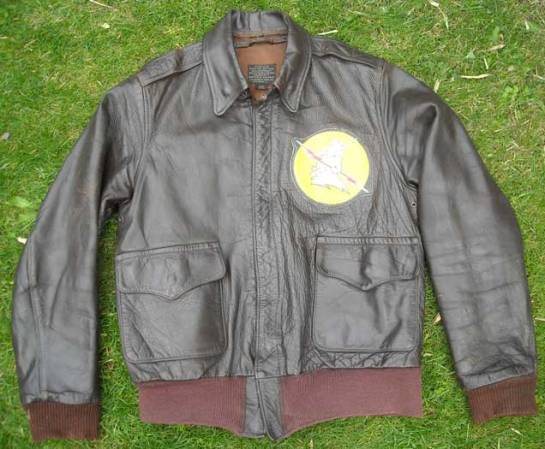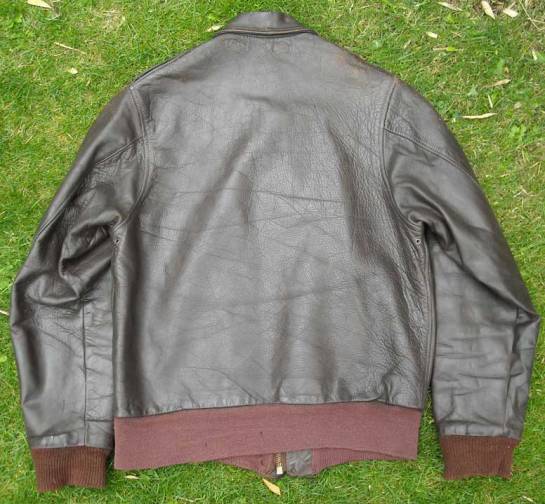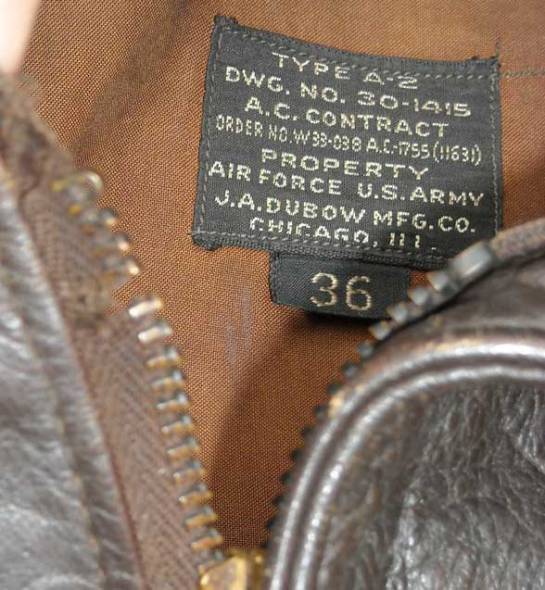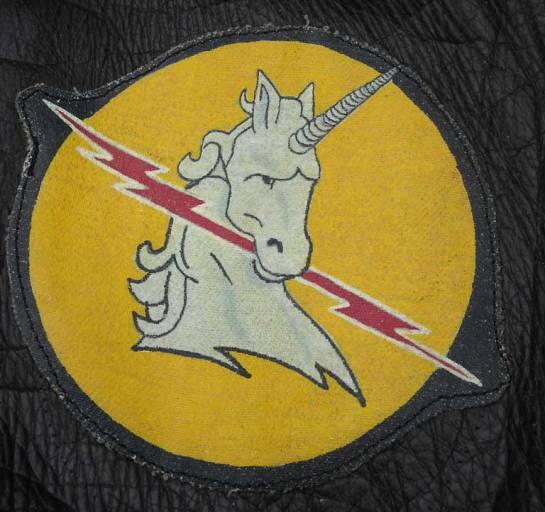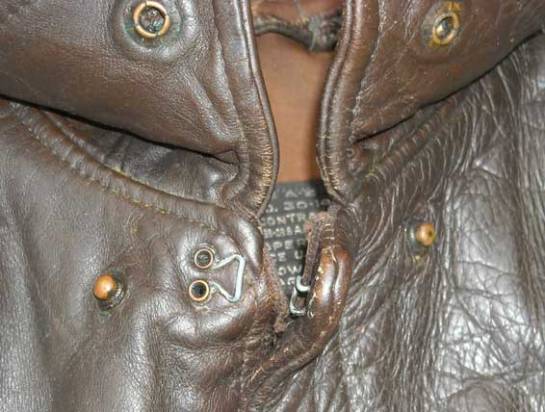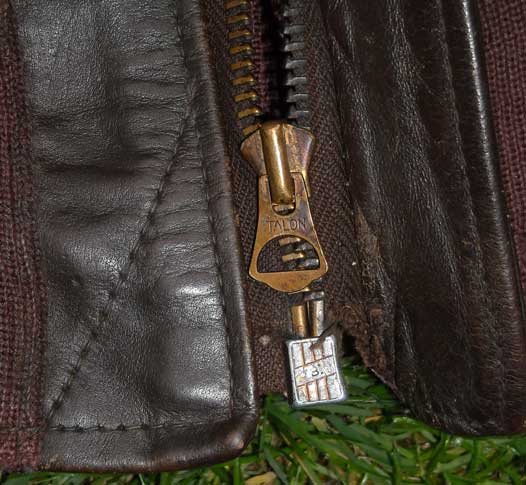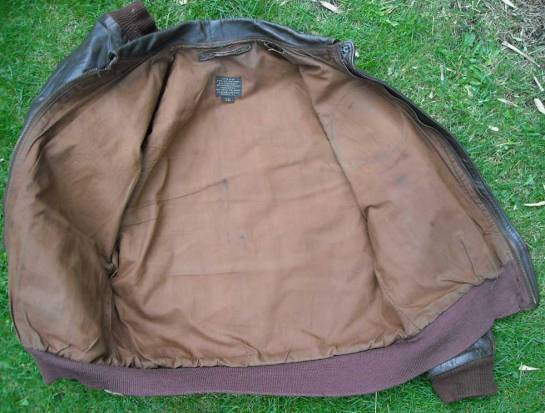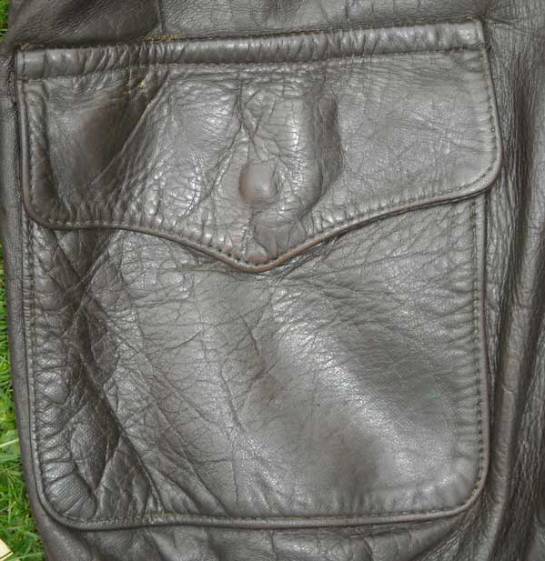This sportscoat is an awfully rare one. It dates from about 1940 – that’s when the Sears and other mail order catalogues feature these jackets in which the front darts are modified to form pleats at the chest. The pleat feature and very closely spaced double darts are clearly adapted from women’s tailoring, which often features such pleats for bust definition. You hear a lot from the era of man tailored suits and jackets for women, and those photographs of Marlene Dietrich wearing a man’s evening suit. This is one of the very rare occasions in which menswear was directly – and very obviously – influenced by women’s tailoring.
I love everything about this jacket, from the extremely suppressed waist and blousy chest, to the baby blue pinstriped fabric (yes, the blue really is this bold!, the pleats obviously, and the wonderful green swirl plastic buttons. I would have used blue buttons on this kind of fabric, but not any more: The light-ish green is just perfect. This jacket, with a pair of baggy dark blue mid 30s slacks is such a killer outfit. I just wish I had a pair of sage green trousers to match the buttons …
Edited to add this picture, courtesy of Will Moul (Houndstooth Kid blog listed to the right). This catalogue scan (I think Sears) is from 1940.


























